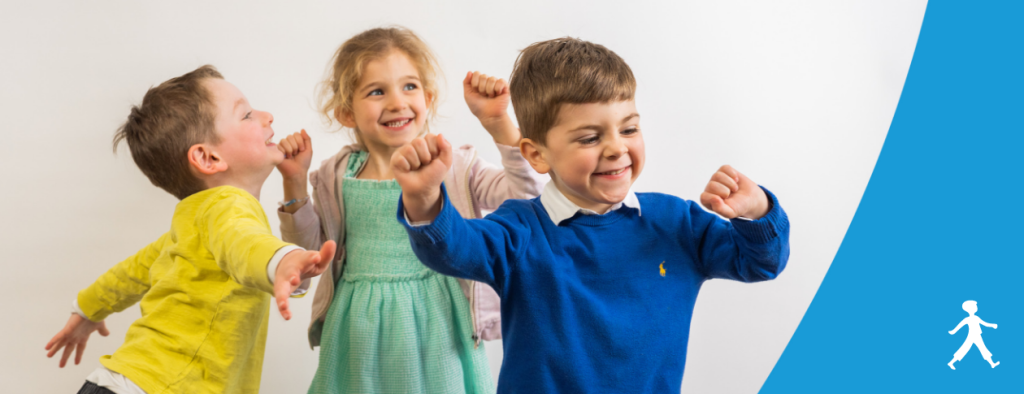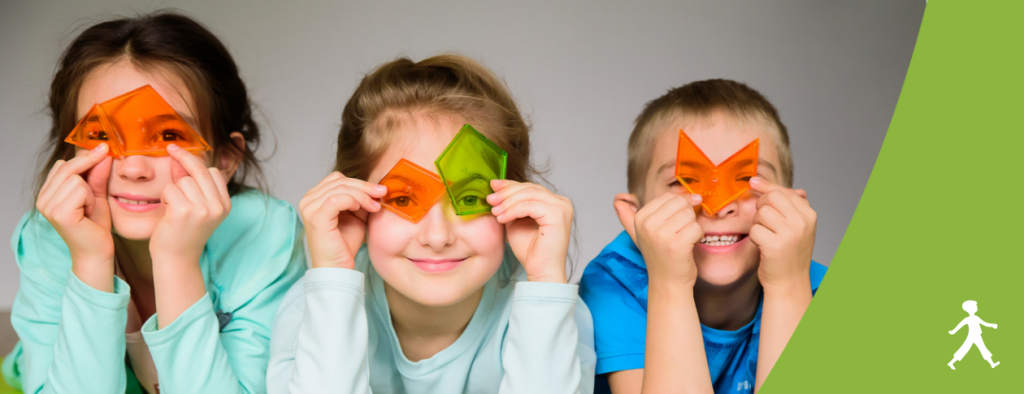
Changing Children’s Lives
Enter any Helen Doron school classroom, and you will find children in the midst of joyful learning, play and discovery. Children learn effortlessly through fun, age-appropriate activities and positive feedback from teachers. Our methodology, based on over 35 years of educational excellence and proven success, includes a curriculum that instills a life-long love of learning through positive reinforcement and a supportive foreign language immersion environment. This lays a foundation for ongoing successful learning. Learning Begins Early The younger the child, the easier it is to learn any number of languages. In fact, the earlier the immersion in a second language, the better the grasp of grammar the child will have as an adult (Johnson and Newport 1989).
Our methodology is based on the understanding that a very young child’s brain has twice as many synapses (connections) as an adult’s. The young brain must use these connections or lose them. The early years are an ideal time for a child to learn a second or third or even eighth language. The brain’s plasticity, or ability to make new connections, offers a ripe and eager-to-learn situation. Our program understands this critical stage of development and offers the highest forms of mental stimulation. We use play to make learning fun as it is a developmentally appropriate learning method. In all of our classes, children are challenged to explore the world through play, learn to think creatively, test concepts, draw conclusions and master new skills. While there is a biological readiness in the brain for language acquisition up to the age of 7, older children and teens also experience a broad range of benefits from learning a foreign language the Helen Doron way.
Our unique methodology and materials ensure that all children can learn and succeed. The Helen Doron teaching method takes children’s individual learning styles into account. Games, movement, music and lots of fun maximize a natural love of learning and tendency to absorb languages. Highly experienced, specially trained teachers create a nurturing and dynamic environment to ensure that learning is enjoyable and effective.
We teach language, literacy, science and even math with original and engaging songs. Through music and movement, we stimulate the children’s minds and enable them to explore their abilities. Our program is based on the research findings that exposure to music increases brain development, creates new pathways in the brain and develops abilities in many other areas, including math and language. Our songs teach the cultures, vocabulary and grammar of the target language as well as complicated concepts in science and math.
In all our lesson plans, we encourage our children to learn by doing and by example. We use props, tools, games and multimedia to help our children learn about abstract concepts, solve problems and develop critical thinking. This hands-on approach, or kinesthetic learning, is a style in which learning takes place as the students carry out physical activities, rather than listening to an explanation or watching demonstrations.
We have created numerous programs for children of all ages, from birth through high school. The ages and skills being taught will, of course, depend on the government regulations of your country.
Here is a sampling of some of our offerings for the youngest ages:
Our DaDaVinci Sense program is a developmental program intended for use with children during their first two years of life – from birth through the age of two – and their caregivers. The programme is divided into 4 courses, each designed for a specific age group and accommodating the psychomotor, social and cognitive abilities of that age.
Baby’s First Start is a first year of spoken English or Spanish course for children aged from 3-22 months. Language is taught through rhyme, chant and song with the goal being long-term fluency in English or Spanish, bilingualism, native-speaker grammar, increased brain development and motor skills.
Storytelling offers insight into universal life experiences. This program encourages use of imagination and creativity, increases verbal proficiency, language development and enhances listening skills. Stories introduce new ideas and teaches values of society. Additionally, storytelling promotes skills in problem-solving, deduction and interpretation.
Some of our language programs for the slightly older child include:
Nat and Friends is a 20-episode animated program through which children learn the give-and-take of dialog. Children are exposed to language skills through nursery rhymes and songs. Phonemic awareness, which allows listeners to hear the sounds that make up words and how to manipulate them, is also introduced. Our character puppets interact with the child to aid emotional development and stimulate imagination.
Our Go Far with Phonics program is a set of 12 workbooks created for children ages 3 and up to teach basic reading and writing skills through repetition, chants, songs, flashcards, downloadable games, crafts, fine and gross motor activities and movement. This program is available in English and will depend on the country needs and regulations as to when it is taught.
English is taught as a mother-tongue language. Children first learn how to speak English through hearing, and language is reinforced through background hearing. When the stories, songs, and dance tunes are played repeatedly, the language is absorbed in a natural, fun manner. This method of teaching language has taught over three million children worldwide to speak English.
Play is the most efficient and important means of learning in early childhood. Through play, children experiment in different settings where they can gain knowledge and build meaning from their experiences. At Helen Doron, we see play as the real engine to learning and incorporate free and engaged play throughout the curriculum and the daily schedule.
In all our lesson plans, we encourage our children to learn by doing and by example. We use props, tools, games and multimedia to help our children learn about abstract concepts, solve problems and develop critical thinking. This hands-on approach, or kinesthetic learning, is a style in which learning takes place as the students carry out physical activities rather than listening to an explanation or watching demonstrations. People who prefer kinesthetic learning are also known as ‘do-ers’. (from Wikipedia, kinesthetic learning)
Children Hear the Positive First
Positive reinforcement changes dysfunctional behaviors. Instead of criticizing each other, parents become supportive and the child, siblings and parents – the entire family, in fact, respond well. People improve their family’s quality of life by taking the philosophy outside of the classroom into their lives. Today, modern psychology is focused towards the positive instead of the negative. It’s the positive reinforcement, the positive thinking in behavior, which is the current trend.
At Helen Doron, children feel accepted as part of our family relationship. They know what is expected of them and act accordingly. Sometimes kids don’t know what is expected of them; all they have ever heard is NO. That is something that parents and teachers need to be aware of. Give children positive feedback – it can change their entire life.




